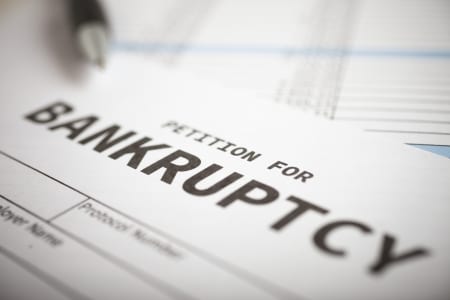
The United States Bankruptcy Code provides for five varieties of bankruptcy. Chapter 7 bankruptcy is often called a straight bankruptcy or liquidation. Chapter 9 bankruptcy is reserved for municipalities. Chapter 11 bankruptcy applies to either corporations or individuals whose debts exceed those permitted by a Chapter 13 bankruptcy. Chapter 12 is a form of bankruptcy reserved those engaged in the operations of a farming or fishing. Chapter 13 offers a reorganization of the debts of a wage earner. These forms of bankruptcy are referred to chapters because each is offered under a different chapter of the bankruptcy code.
The most commonly filed bankruptcy is Chapter 7. Chapter 7 bankruptcy is commonly employed by a debtor seeking to discharge or eliminate unsecured debts. Unsecured debts are obligations that are unencumbered by collateral. A credit card or a medical bill is generally an unsecured debt. A mortgage on a home or an automobile loan is usually a secured debt. The home or automobile serves as security for the loan. If one does not pay a secured debt obligation, the creditor may seek to recover or repossess the collateral.
Most individual debtors qualify for a Chapter 7 bankruptcy, with some exceptions. If the debtor’s median income as determined by his or her family size significantly exceeds the median income, the debtor may not be eligible to file Chapter 7.
Image credit: Luca Bertolli
